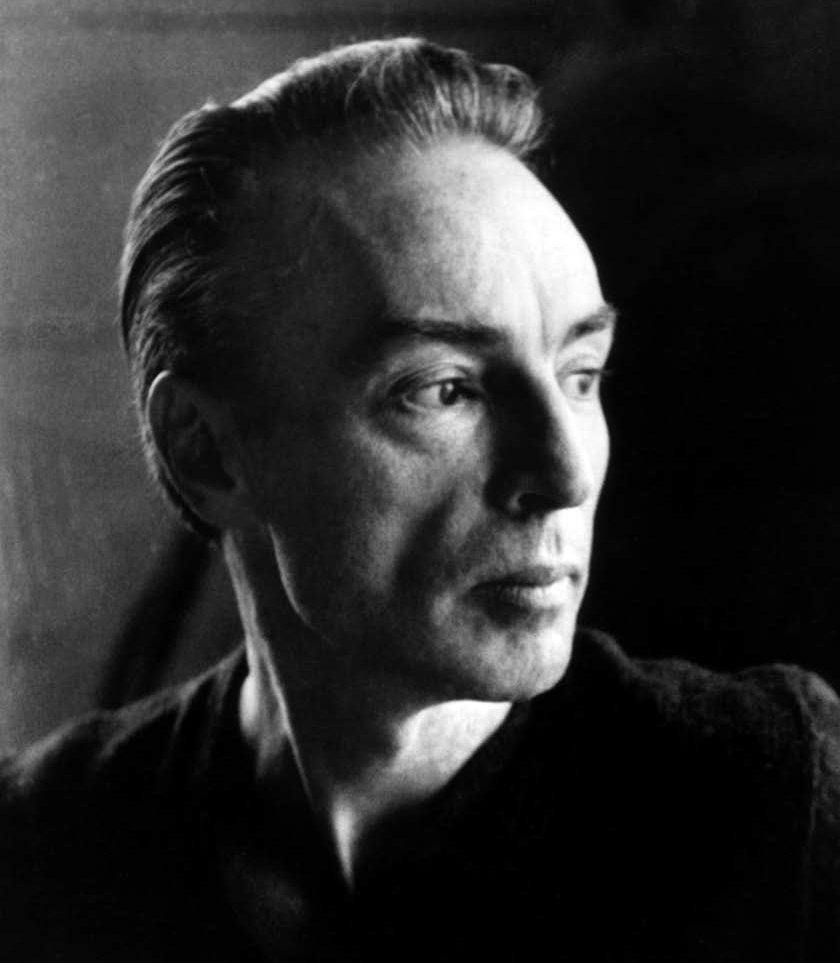Balanchine George

Balanchine George (Giorgi Balanchivadze) (1904-1983), American Ballet Master, founder of Classical American Ballet, son of Georgian composer Meliton Balanchivadze. He was born in St. Petersburg. In 1921 he graduated from the Theatrical College of the Petrograd Mariinsky Theater and in 1923 – the Petrograd Conservatory. In 1921-24 he served as a ballet dancer at the Petrograd Opera and Ballet Academic Theater; at the same time he staged dances for the ballets: Golden Cockere (N. RimskiKorsakov) and Unlucky Eugene (Toller). In 1923 Balanchine headed the Petrograd Young Ballet. The company of Young Ballet comprised outstanding Russian ballet dancers: L. Lavrovski, P. Gusev, I. Slominski and others. In 1924 G. Balanchine left Russia. In 1925-29 he worked as a chief choreographer of S. Diaghilev’s Russian Ballet Company in Paris. In 1932 he became a Ballet Master of French ballet companies Ballet Russ de Monte Carlo and Ballet-1933. In 1933 Balanchine was invited to the USA, where he set up American Ballet School. In 1948, on the basis of American Ballet School, Balanchine created New York City Ballet. In 1934 Balanchine offered Europe a entirely new type of art from United State. It was a production of Tchaikovsky’s Serenade, breaking all stereotypes. G. Balanchine staged over 160 ballet productions in various cities world over: Buenos Aires, Copenhagen, London, Milan and others. His most memorable productions were: Prodigal Son (1928, S. Prokofiev), Apollon Musagete (1928, Stravinski), Orpheus (1948), Agon (1957), Crystal Palace (1941, Bizzet), Palace Imperiale (1941, P. Tchaikovski), etc. In 1950-1960s he produced a number of successful ballets, including P. Tchaikovsky’s The Nutcracker, which became a traditional Christmas show in the United States. G. Balanchine is famous for his plotless, so called abstract ballets. He wrote the book Detailed Description of Famous Ballet Productions.
G. Balanchine died in New York. He was buried at Oakland cemetery.


